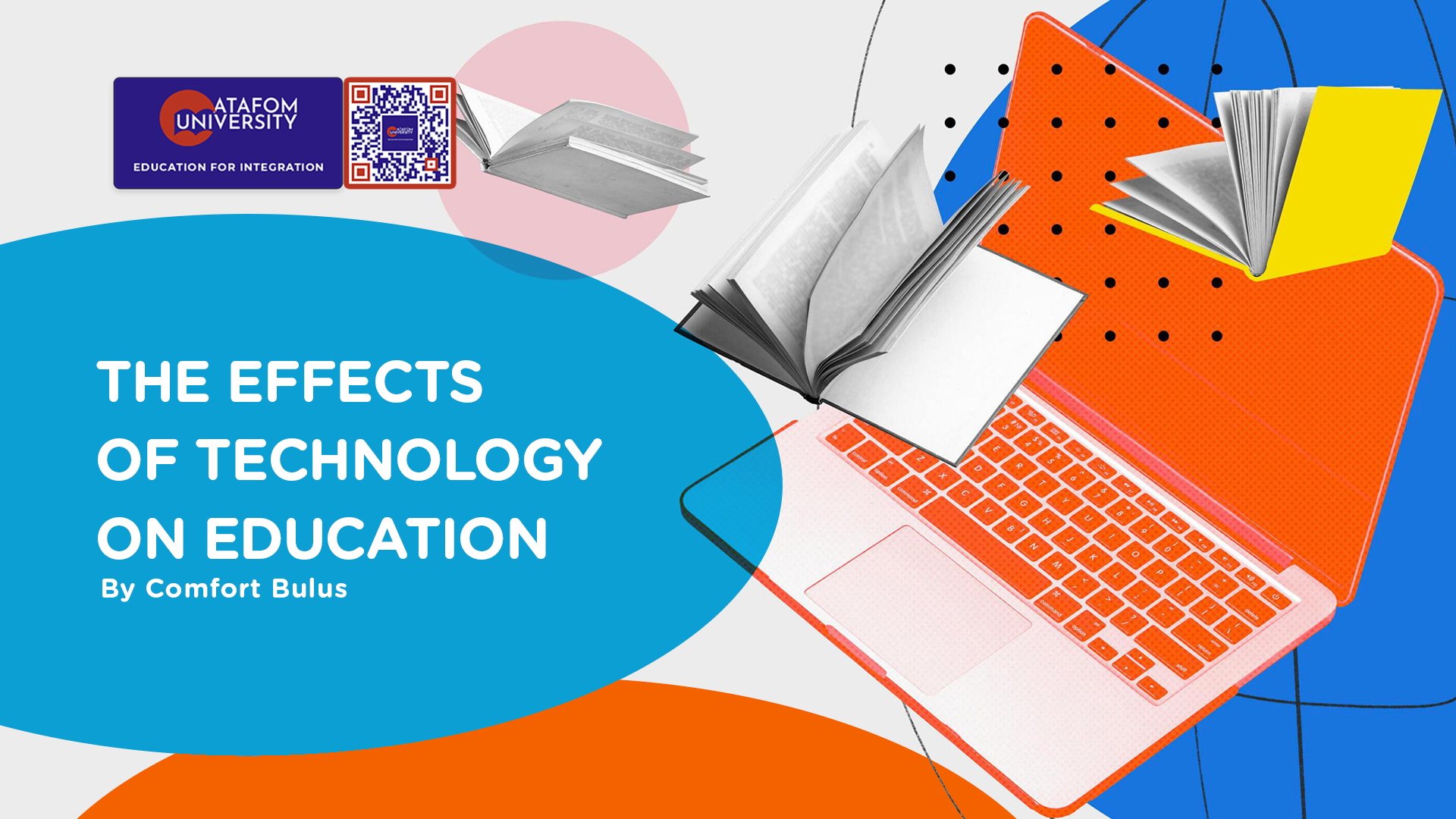Technology has revolutionised the way we learn, teach, and communicate in the twenty-first century. Technology has enabled us to access massive amounts of information, communicate with individuals all over the world, and develop novel solutions to real-world issues. Technology has also altered the roles of instructors, students, and parents within the educational system. In this blog article, we will look at some of the positive and negative effects of technology in education, as well as how to use it effectively to improve learning results.
The Benefits of Technology in Education
Technology in education has dramatically increased accessibility and equity for students from a variety of backgrounds, regions, and abilities. Online courses, materials, and tools are available at all times and from any location, allowing students to learn at their own pace and style. Teachers can now reach more students and provide personalised feedback, which improves the overall learning experience.
Technology improves student engagement and motivation by offering interactive experiences like as multimedia, games, simulations, virtual reality, and augmented reality. It also allows students to express themselves, share their work, and interact with peers and professionals. Technology also improves student autonomy by allowing students to create goals, measure progress, and evaluate their performance.
Technology improves student engagement and motivation by offering interactive experiences like multimedia, games, simulations, virtual reality, and augmented reality. It also allows students to express themselves, share their work, and interact with peers and professionals. Technology also improves student autonomy by allowing students to create goals, measure progress, and evaluate their performance.
The Negative Effects of Technology on Education
The digital gap in education causes discrepancies in educational opportunities, outcomes, and quality for students from various socioeconomic backgrounds. It also has an impact on teachers’ ability to effectively integrate technology into their curriculum and pedagogy, increasing the gap between developed and developing countries in terms of educational progress and innovation.
Without sufficient supervision, young people can become distracted and addicted to technology, losing focus on academic duties and developing dangerous behaviours. This can have a severe impact on their physical, mental, emotional, and social well-being because they are continuously assaulted with notifications, messages, advertisements, and entertainment.
Cyberbullying, harassment, fraud, identity theft, hacking, phishing, malware, viruses, and ransomware are all examples of technology-related threats to students’ cybersecurity and privacy. Students may also mistakenly communicate personal information with third parties, emphasising the importance of self-awareness and education in cyber security.
Effective Use of Technology in Education
To use technology effectively in education, it must have a clear purpose, be aligned with curriculum material, pedagogy, assessment, feedback, and evaluation methodologies, and follow a student-centred, inquiry-based, problem-based, project-based, collaborative, or blended pedagogy. The SAMR model, TPACK model, and TIM model are all suitable for technological use. To promote successful learning outcomes and skill development, technology should be integrated into curriculum material, pedagogy, assessment, feedback, and evaluation procedures.
To effectively employ technology in education, all stakeholders, including students, teachers, parents, administrators, and policymakers, must be involved in the technology planning, implementation, and evaluation processes. They should have adequate training and resources to use technology properly. A policy should guide the use of technology in education by defining a vision, mission, goals, and values. This should also include a structure, standards, rules, and a method for tracking and improving technology usage.
Summarily….
Technology has had a considerable impact on education in the twenty-first century, presenting both opportunities and challenges. It has changed the duties and obligations of instructors, students, and parents. The effective and appropriate use of technology is critical to improving learning outcomes and preparing students for the future. To discover more about technology in education, go to ATAFOM University International, an international educational system that offers courses in technology, communication, and management. Sign up for free and begin studying today.


